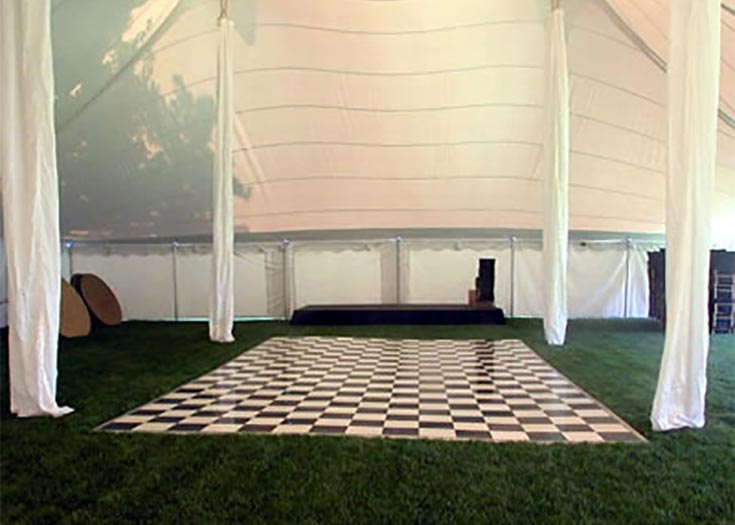Innovative Design Movements Shaping the Prospects of Engaging LED Performance Floors
Innovative Design Movements Shaping the Prospects of Engaging LED Performance Floors
Blog Article
Engaging light-emitting diode dance surfaces are progressively popular in multiple recreational venues, such as dance clubs, concerts, and events. These surfaces utilize advanced technology to generate vibrant light showcases that react to music and movement. As innovation keeps to evolve, several creative design patterns are shaping the prospects of these interactive dance surfaces. These patterns not only enhance the aesthetic encounter but also improve user involvement and create a more immersive atmosphere for performers and spectators alike.
One notable trend in responsive LED dance surfaces is the integration of intelligent tech. Many new models incorporate detectors that detect motion and adjust the illumination accordingly. This implies that the surface can alter colors, designs, and effects based on how numerous people are dancing and where they are positioned. This responsiveness fosters a dynamic setting that encourages involvement and excitement. Additionally, some designs allow users to manage the lighting through smartphone apps, providing them the ability to customize their encounter in real-time.
Another crucial trend is the utilization of sustainable resources and energy-efficient tech. As environmental issues grow, many designers are concentrating on creating light-emitting diode dance surfaces that are not only visually impressive but also eco-friendly. This comprises using recycled resources for the floor's construction and adopting energy-saving light-emitting diode illumination. These innovations assist reduce the environmental footprint of gatherings while still providing a mesmerizing visual experience. By focusing on sustainability, creators are appealing to a more ecologically conscious crowd.
The incorporation of augmented virtual reality (AR) is also transforming the responsive dance floor encounter. AR technology enables users to view digital graphics and view it visuals overlaid on the physical world through their mobile devices or AR glasses. This can improve the dancing floor encounter by adding virtual components that interact with the real environment. For example, performers might see moving characters or visual displays that respond to their movements, producing a unique and engaging environment. This trend is particularly appealing to millennial crowds who are accustomed to virtual interactions in their everyday activities.
Furthermore, the styling of responsive LED dancing surfaces is becoming more flexible and modifiable. Many new models can be readily installed in various environments, from temporary events to long-term setups. This flexibility enables locations to create customized encounters that address to different themes and audiences. Some designs even include modular parts that can be reconfigured to create different configurations and arrangements. This adaptability not only enhances the visual attractiveness but also allows for creative design in gathering planning.
In conclusion, the prospects of responsive LED dance surfaces is being influenced by innovative design patterns that concentrate on technology, sustainability, enhanced virtual reality, and flexibility. These advancements are creating more immersive and captivating experiences for users, establishing dancing floors a central feature of recreational locations. As these trends continue to evolve, they will probably reshape how people interact with music and movement, ensuring that interactive LED dancing surfaces remain a popular choice for events and festivities.